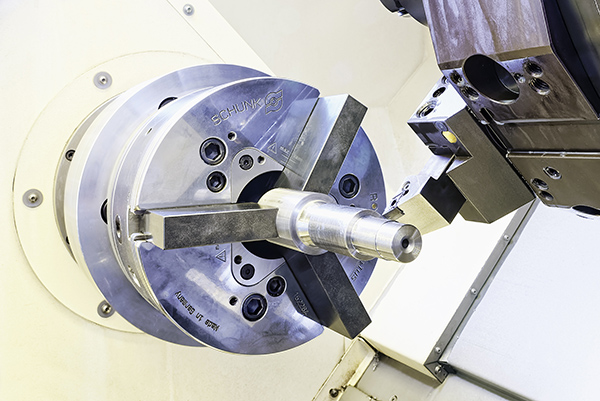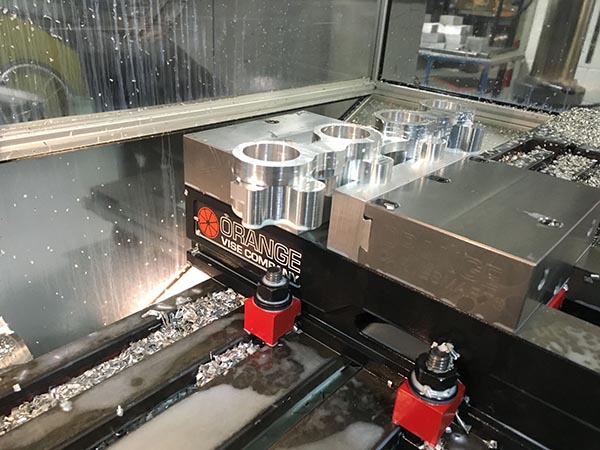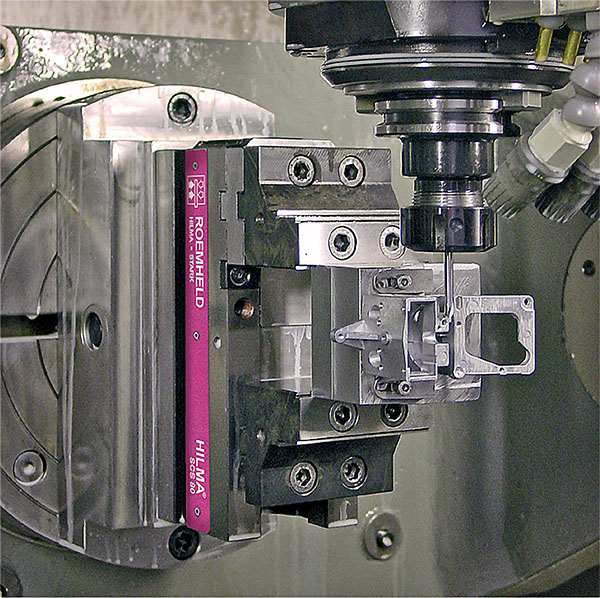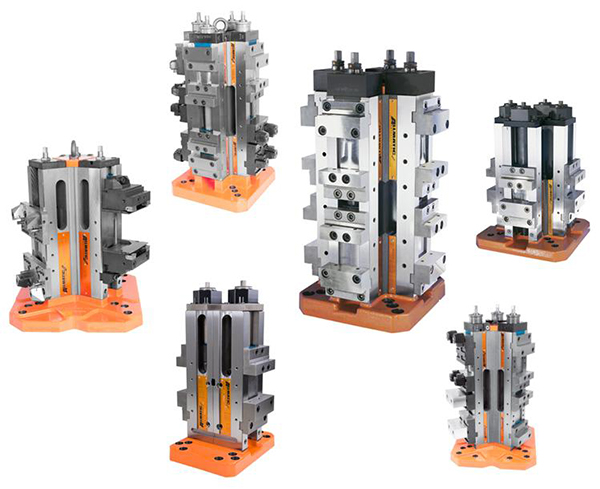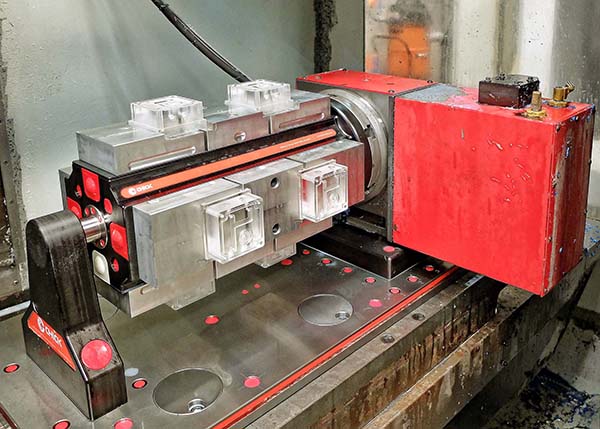Productivity can quickly plummet without the freedom of alternately turning workpieces with large and small diameters. Tool specialist LMT Fette, based in Schwarzenbek, Germany, has tackled this challenge by converting a universal lathe into a solution that drastically reduces set-up times. The solution combines Schunk quick-change jaw and chuck technologies, so that even rush orders from other business units can be incorporated during production without impacting on the company’s overall performance.

When Thomas Frankenberger, machine operator at LMT Fette, recalls the strength it took to change lathe chucks in the past, you can still see the stress on his face: “Exact positioning was always an art when you had a 500 mm lathe chuck weighing 220 kg.”
Even with two people, it was a challenge to screw the lathe chuck on to the fine-threaded draw tube. “If you were off by as little as 0.5 mm, it wouldn’t work,” says the experienced operator.
Forcing the screw would ruin the thread, which would spell big trouble. In extreme cases, the draw tube would have to be elaborately re-machined with the thread restorer. “In the past, every time you changed the chuck it would require time, manpower, instinct, experience and physical strength,” says Frankenberger. “Now that we’re using the Schunk quick-change chuck system, I can easily change the chuck by myself with much less effort and far less risk of accidents. It used to take 45 to 60 minutes, sometimes with two colleagues, but now it takes just 15 minutes to do a complete chuck change with only one operator, including all secondary tasks such as cleaning, oiling and storing the second lathe chuck.”
Instead of using multiple fastening screws, the patented Schunk Rota FSW quick-change chuck system is reliably released and locked with a single clamping screw.
For further information www.schunk.com







